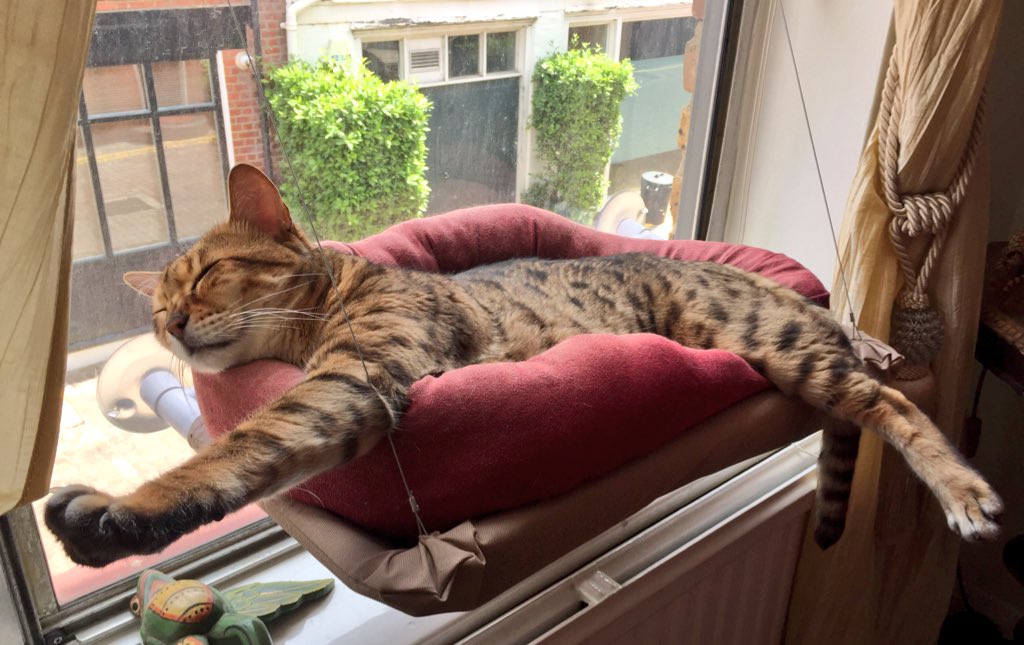Jazz has infinite capacity to live in the present and in the past at the same time. We constantly embellish and adjust the way we think about the music and put it in its historical context. And in the right hands it enlightens all over again.
At the London Jazz Festival this year, one such project, which is presented by drummer Richard Pite’s Jazz Repertory Company, transports us back 60 years for 1957: A Jazz Jukebox, a concert that conjures a delightful musical snapshot of the year.
Richard Pite details the programme:
“In Ella Fitzgerald’s centenary year Georgina Jackson will be performing a selection of songs from Ella’s Duke Ellington Songbook as well as her two great albums with Louis Armstrong, Ella and Louis Again and Porgy and Bess (Enrico Tomasso once again returns as Louis).
It's Too Darn Hot, Cadogan Hall
Georgina Jackson with The Pete Long Orchestra
Frank Sinatra, The Lady Is A Tramp
“One of the finest recordings to be released in 1957 was Miles Ahead which featured Miles Davis accompanied by the gorgeous orchestrations of Gil Evans. Freddie Gavita takes the role of Miles and we’ll be augmenting our big band with French horns, an assortment of woodwinds and a tuba to bring you the distinctive sounds of this wonderful music.
“Other highlights include Duke Ellington’s Shakespeare-inspired Such Sweet Thunder and some swinging blues from Count Basie’s session at the 1957 Newport Jazz Festival which saw him reunited with his great sax star of the ‘30s, Lester Young. There will be a few surprises to finish off the evening in true 1950s style.”
Duke Ellington, Such Sweet Thunder
1957: A Jazz Jukebox - The music of Ella Fitzgerald, Frank Sinatra, Louis Armstrong, Duke Ellington, Count Basie, Miles Davis and more. The Pete Long Orchestra with special guests Georgina Jackson, vocals; Iain Mackenzie, vocals; Earl Jackson, vocals; Freddie Gavita, trumpet. Tickets and more details for 12 November are available at the Cadogan Hall website (below). (pp)
Jazz Repertory Concert Showreel
Something To Make A Noise About
































